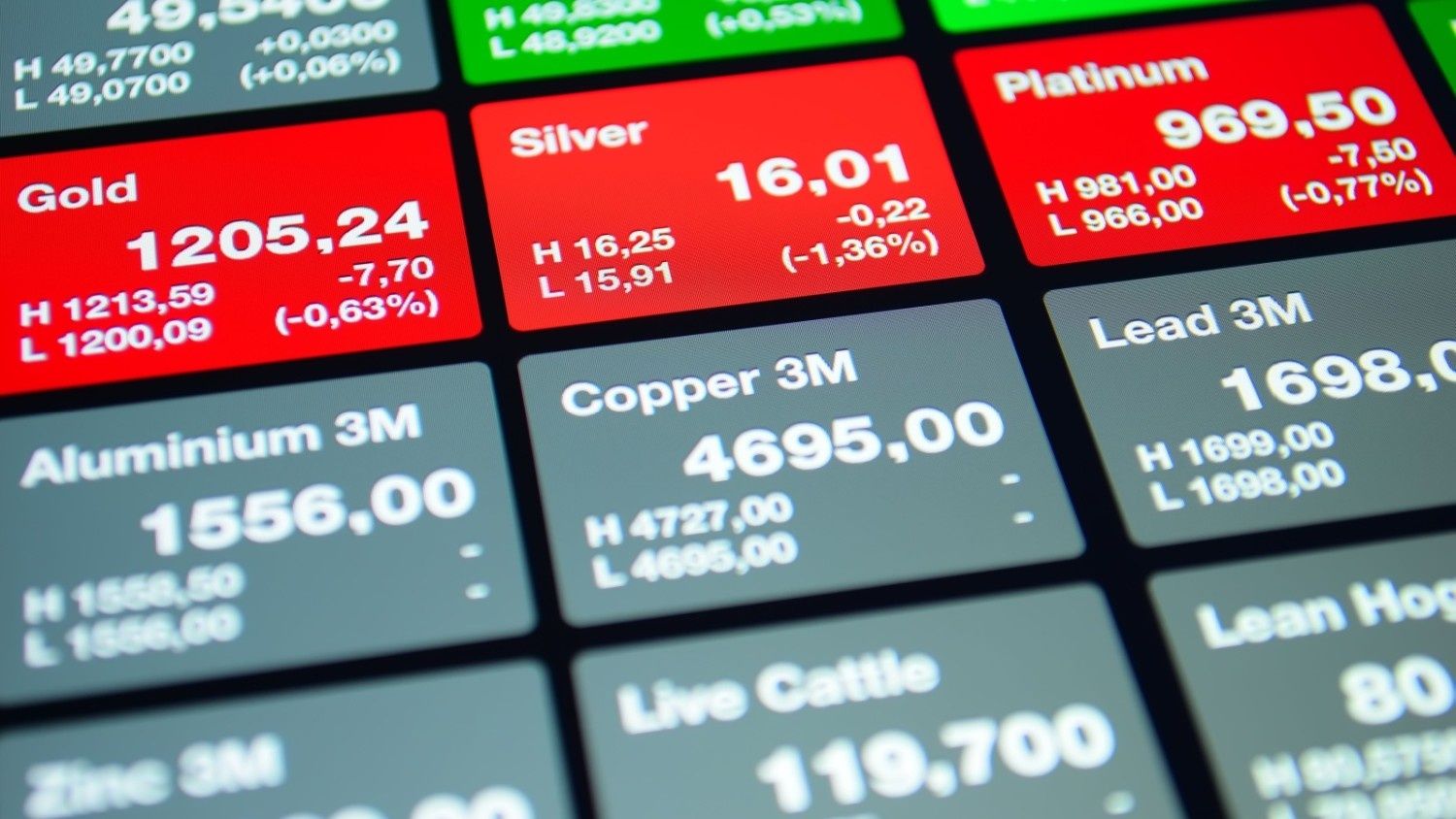5 Undervalued Stocks to Buy Under Rs 50
Written by Upstox Desk
Published on October 28, 2025 | 6 min read

Summary
Penny stocks are shares of companies that trade at very low prices, usually below Rs 50. They are considered risky and speculative, but they also offer huge returns if you pick the right ones. In this blog, you will learn about five undervalued stocks to buy under Rs 50 that have strong fundamentals and growth potential.
If you are looking for a way to invest in the stock market without spending a lot of money, you are in luck. There are some amazing stocks available at very low prices, which have a lot of potential to grow and offer significant returns in the future. In this post, we will share with you some of the best stocks that you can buy for under Rs 50 per share and explain why they deserve your attention.
Before revealing the list, let's quickly review the selection criteria for these stocks.
Our selection criteria for the stocks under Rs 50
We have identified three measurable factors that indicate the quality and value of a stock. Let’s see what they mean and why they are important.
- Market price: The market price is what a company's share costs right now in the stock market. It changes based on how many people want to buy or sell the stock and what investors think will happen with the company. A share's low price doesn't always reflect weak performance; sometimes it suggests the stock is undervalued or overlooked.
- Market capitalisation: It reflects the size and reputation of a company in the market. A high market capitalisation means that the company is well-established and widely recognised, which attracts more investors and increases its liquidity. A high market capitalisation also means that the company has more resources and opportunities to grow and expand its business.
- Low debt-to-equity: It shows how much a company depends on debt compared to its funds (equity) for its activities and growth. If this ratio is high, it means the company has a lot of debt and faces more risks, including higher costs due to interest payments. This situation can reduce its profits. On the other hand, a low ratio indicates that the company is financially stable and can easily manage its debt.
While focusing on price, market capitalisation, and debt-to-equity, we also took into account other key aspects including competitive advantage, dividend yield, and past stock performance.
5 best stocks to buy under Rs 50 in 2023
From textile to infrastructure to banking, we have selected some of the best-performing and stable companies in the market. We have ranked them based on the data available as of November 10, 2023.
Trident is a leading manufacturer and exporter of textiles and paper products, operating both in India and internationally. Its diversified product range includes home textiles, yarns, fabrics, paper, and chemicals. The company enjoys a strong presence in domestic and international markets, serving customers in over 100 countries. With a low debt-to-equity ratio of 0.33, Trident Ltd has managed its finances effectively, resulting in a minimal debt burden. It also boasts a market price of INR 36.20 and a market capitalisation of INR 18,447 crores, indicating a stable market position. The company’s decent dividend of 0.99% adds to its attractiveness.
A prominent player in the infrastructure sector, IRB is involved in developing, operating, and maintaining roads, highways, and other infrastructure projects across India. With 21 projects, including 19 toll roads and two metro rail projects, it holds a competitive edge in the toll road segment, generating steady and predictable cash flows. The company's market price stands at INR 34.90, and its market capitalisation is INR 21,076 crores, reflecting a robust market position. While it offers a modest dividend of 0.57%, indicating confidence in future earnings, its higher debt-to-equity ratio of 1.25 points to significant debt obligations and interest payments, potentially impacting profitability and increasing risk.
One of India's oldest and largest public sector banks, the Central Bank of India operates an extensive network of over 4,600 branches and 5,300 ATMs nationwide. It provides a variety of banking and financial services, catering to individuals, corporations, small and medium enterprises, and rural and agricultural sectors. The bank's low debt-to-equity ratio of 0.28 signifies minimal debt dependence and a strong financial position. With a market price of INR 43.90 and a market capitalisation of INR 38,109 crores, it demonstrates a solid market standing. However, the absence of dividend payments slightly reduces its appeal.
UCO Bank, a major public sector bank in India, has a presence in 22 states and three union territories. Offering a range of banking and financial services, it serves a broad customer base, including corporates and small and medium enterprises. The bank's balanced debt-to-equity ratio of 0.82 indicates a moderate level of debt, which is well-managed. It boasts the highest market capitalisation among the five at INR 44,237 crores and a competitive market price of INR 37, underlining its market prominence. However, the lack of dividend yield information makes assessing its income potential challenging.
Serving over 3 crore customers, the Bank of Maharashtra is a well-known public sector bank in India, focusing on the needs of the common man, particularly in rural and semi-urban areas. It offers a variety of banking and financial services, including digital banking. The bank's market price of INR 43.15 and market capitalisation of INR 30,556 crores are commendable. It also offers the highest dividend yield among the five at 3.01%, appealing to investors seeking regular income. The unavailability of its debt-to-equity ratio, however, limits a full financial evaluation and comparison with other banks.
These are the five best stocks under INR 50 that you can consider investing in. They have different strengths and weaknesses, but they all have strong fundamentals and growth potential. However, before you invest in any of them, you should do your research.
Wrapping up: Key points to remember
- Stocks priced under Rs 50 are often referred to as 'penny stocks' and are also known for their affordability
- Besides price, market capitalisation, and debt-to-equity, consider factors like company performance, industry trends, and management quality.
- Always do your research as stock market dynamics can change rapidly, affecting the value of investments.
Don't miss out on the opportunity to grow your wealth. Download our mobile app now and start investing in top stocks under Rs 50.
About Author
Upstox Desk
Upstox Desk
Team of expert writers dedicated to providing insightful and comprehensive coverage on stock markets, economic trends, commodities, business developments, and personal finance. With a passion for delivering valuable information, the team strives to keep readers informed about the latest trends and developments in the financial world.
Read more from UpstoxUpstox is a leading Indian financial services company that offers online trading and investment services in stocks, commodities, currencies, mutual funds, and more. Founded in 2009 and headquartered in Mumbai, Upstox is backed by prominent investors including Ratan Tata, Tiger Global, and Kalaari Capital. It operates under RKSV Securities and is registered with SEBI, NSE, BSE, and other regulatory bodies, ensuring secure and compliant trading experiences.

























